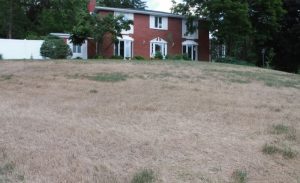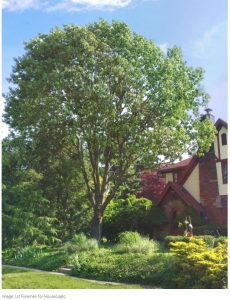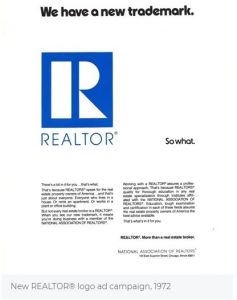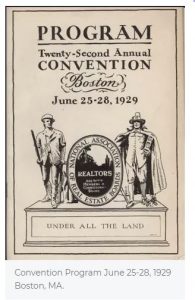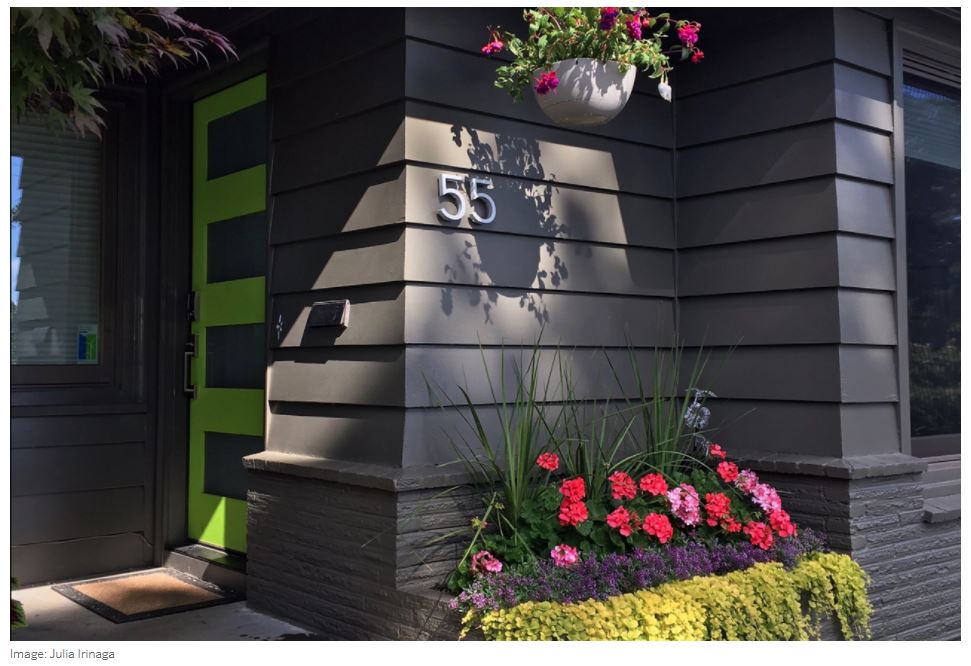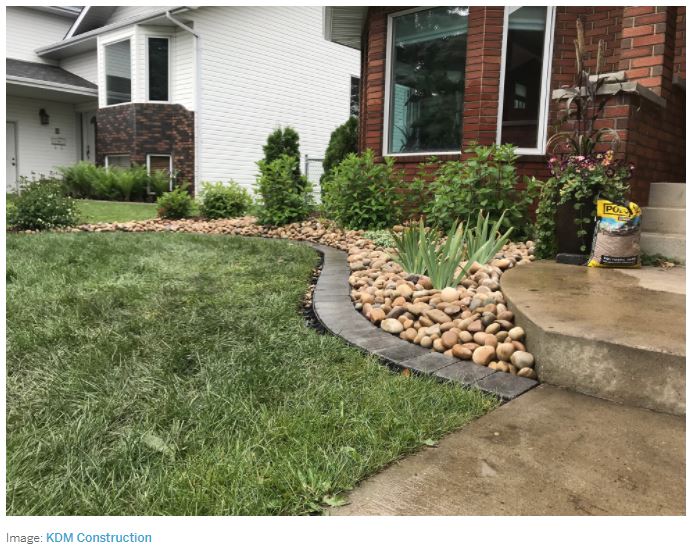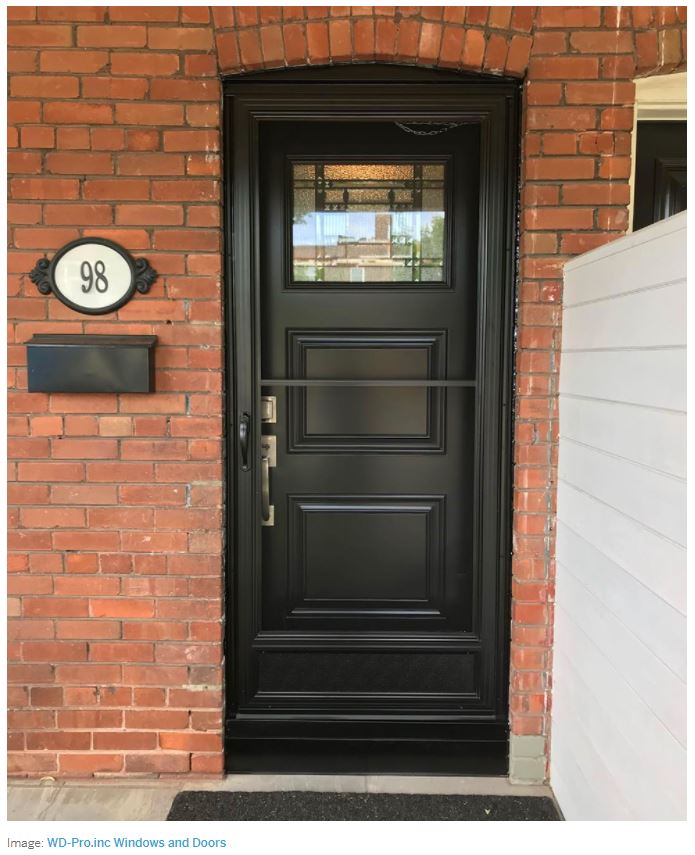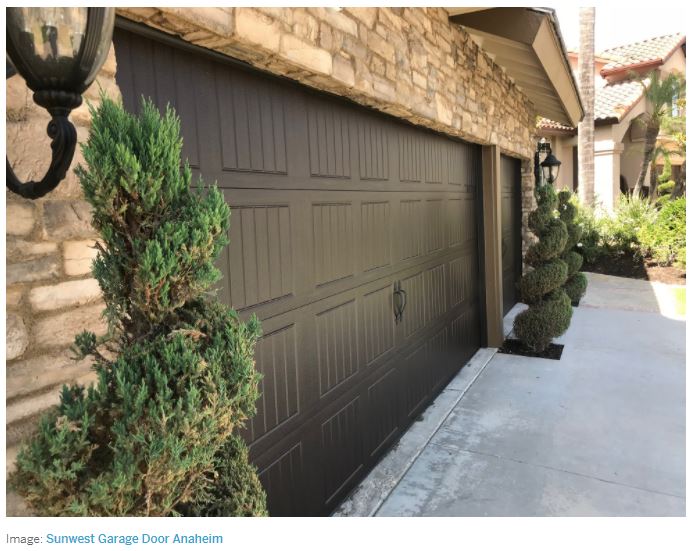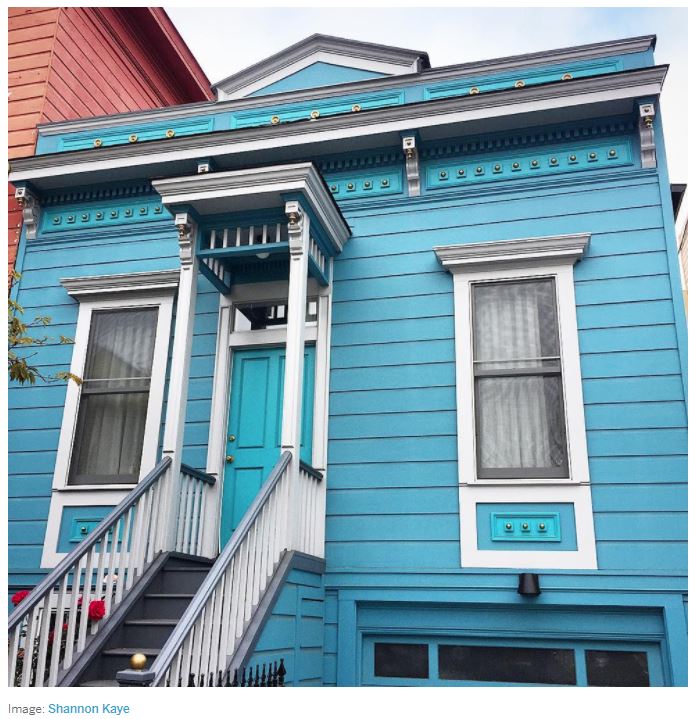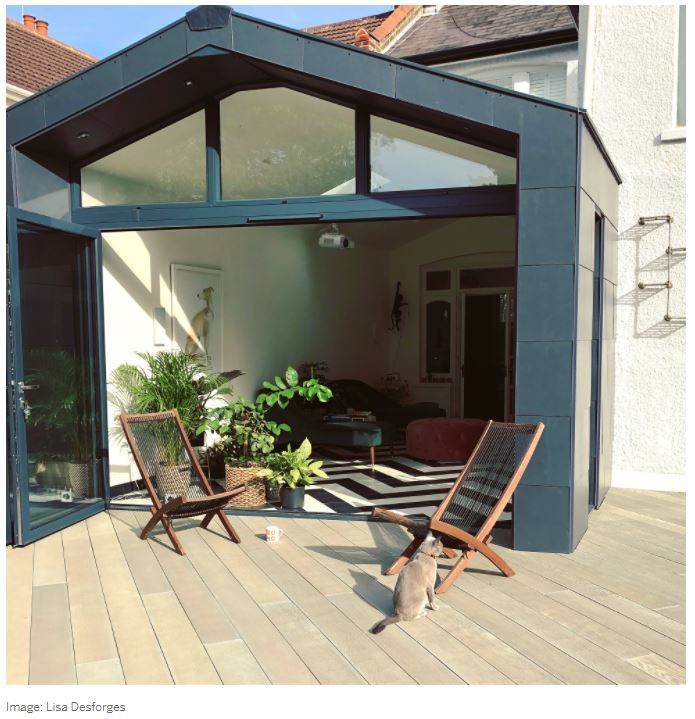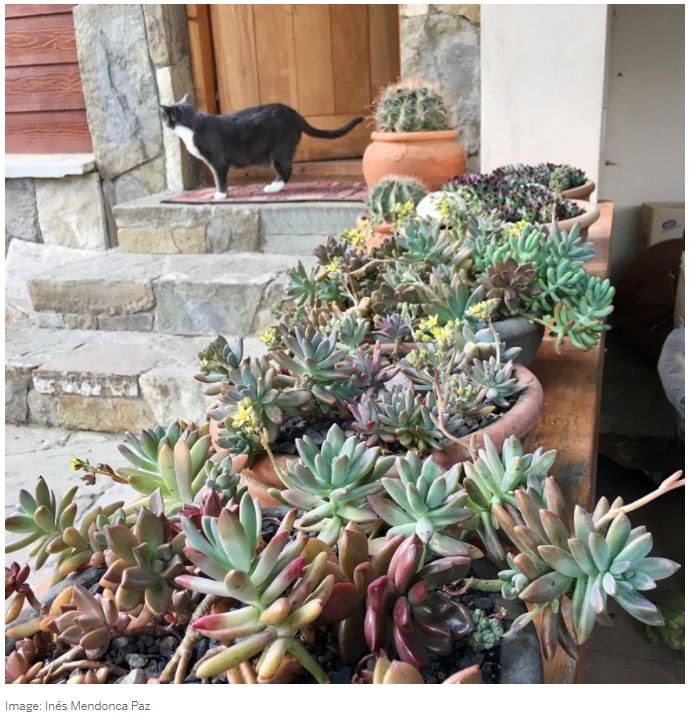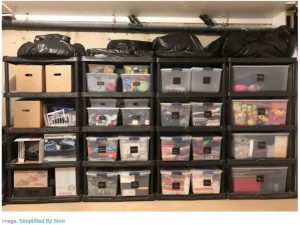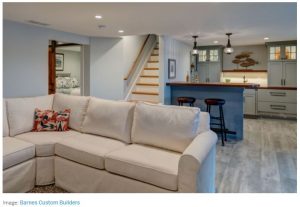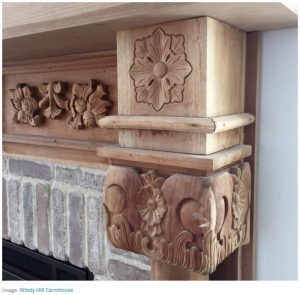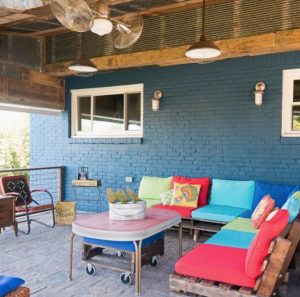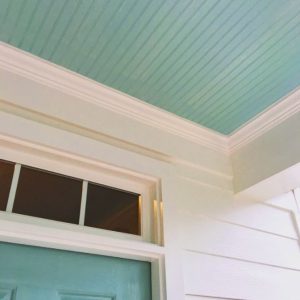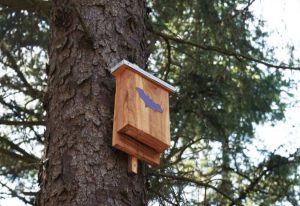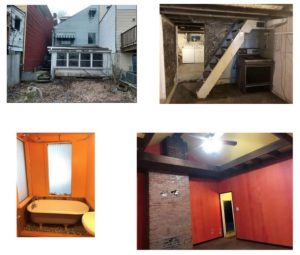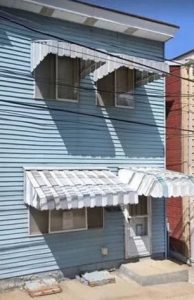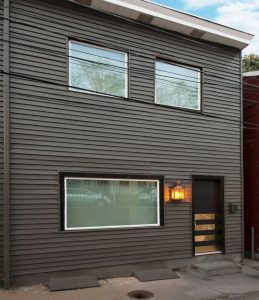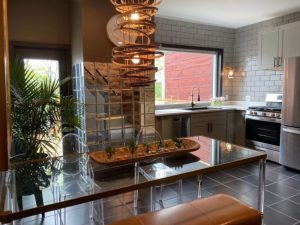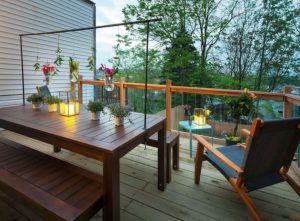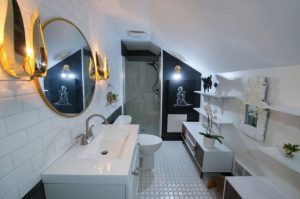
Buying your first home is a really big deal. How do you know which loan is right for you? How do you swing the down payment? How do you ensure your offer isn’t too low or too high? What don’t you know that you don’t know? Ack!
Breathe, friend. The process doesn’t have to painful.
To prep you for the journey, HouseLogic hosted a Q&A series on Facebook. Here are the top-10 Q&As from the first event, which was hosted by Meg White, the former managing editor of REALTOR® Magazine — and a homeowner, herself.
#1 Getting Started
Q: Where should a prospective home buyer (and their significant other, if applicable) start their buying journey? What do you do first?
A: The first step should be to look inward and have some super-honest conversations. This worksheet is a great way for you and your buying partner to get on the same page.
Talk openly about your priorities: Where do you see yourself in five to 10 years? Create a checklist of must-haves in your new home and neighborhood. Hash out a budget, and talk about the kind of lifestyle changes you might be willing to take on (and the ones you won’t be willing to do).
Finally, check your credit, correct any errors in your report, and start taking steps to build a positive financial profile.
#2 The Down Payment
Q: Is there any wiggle room on the 20% down payment, or should I just plan on making that?
A: It’s actually quite common to put less than 20% down. My family only put down 10%, and many other buyers put down even less. (For example, FHA borrowers might put down as little as 3.5% on the purchase price.)
Keep in mind that when you put down less than 20%, you’ll probably have to pay PMI, or private mortgage insurance; it’s a monthly fee the bank charges to secure their investment in you, since you have less skin in the deal.
So while it’s true that buyers who don’t put 20% down generally have to pay mortgage insurance until they reach 20% equity, that fee usually gets bundled into your monthly payment, so it’s not a huge deal. Also, when that mortgage insurance requirement is lifted, your payments should go down. When’s the last time that happened to your rent?
#3 Agents and Listing Sites
Q: How should a first-time home buyer work with an agent? What do agents do that property sites don’t?
A: Your real estate agent is your rock in what can be a really confusing, stressful, and involved experience. They’ve been through a lot of deals, so they know what can go wrong and have seen many of the mistakes buyers make most often.
But more than that, they’re your sounding board. Sometimes it’s hard to know which direction to go during the home buying process, and just being able to talk it out with a third party who has your back is huge.
Listing sites are great; they have tons of useful information. But agents are on the ground in your community every day, and because of that, they know a lot more than what you see online. Sometimes they’ve seen the same listing in person many times, or they know about geographic considerations you’d never think of.
Every time our agent warned us about a listing (“That one has been on the market forever because . . ” or “Yeah, it’s nice to be that close to the train, but don’t forget that you’ll also hear the station announcements going on all day,” etc.), he was totally right.
#4 Finding a Lender
Q: Getting a mortgage is a big deal for most buyers. How should they get started on securing a loan? And what about online lenders like RocketLoans? Is there a disadvantage or concern with using this type of lender rather than a local or traditional bank?
A: The very first thing is just getting all your financial documents in a place where they’re easily accessible — or figuring out how to access them, i.e., what’s your username and password for this or that account? You also need to know where your credit history stands in general. The most common stuff banks will ask you for is W2s, your last couple years of tax returns, bank statements, and pay stubs.
But even before you start looking at houses, you should try and get pre-approved. That might seem premature, but you need to know what kind of loan you’re going to be able to get in order to determine your price range, which is obviously a big part of the home search for those of us who don’t have unlimited cash.
Now, pre-approval doesn’t mean you’re applying for a mortgage — just getting an idea of what you’re approved for.
Basically, you give a lot of info about your financial situation to a lender and see what they think. You’ll get a document back that’s like a preliminary idea of what they might lend you. These documents vary from bank to bank and are generally free of charge, and you can usually apply for them online these days.
Having that pre-approval letter will help sellers see you’re a serious buyer backed by a real financial institution — and that’ll help make your offer stronger.
When it comes to lenders, whether online or otherwise, your choice will depend on your personal situation. We recommend starting out with HouseLogic’s mortgage lender guide.
#5 The Loan
Q: Do you suggest a government loan over a private bank?
A: It depends on your situation. If you have time and a lower credit score, consider a government loan. If you have a higher credit score and are in a really competitive market, consider private.
Most first-timers are going to be looking at the fixed-rate, 30-year mortgage. But even if you go with this super-common type of mortgage, there are different rules depending on whether you go with a loan from the government or from a private bank.
But there are tons of loan options out there for different situations. For example, if you need to do significant repairs on a place before you can move in, you can get help specifically for that with a 203(k) from FHA. And there might be special savings, down payment assistance, or grant opportunities that apply to your situation.
The best plan: Talk to a number of financial institutions and mortgage brokers to see what they recommend specifically for you.
#6 Open Houses
Q: How can I make the most of open houses?
A: Open houses are a great opportunity to learn about the sellers, their home, and the neighborhood. But they can also be stressful, especially when they’re packed with a bunch of other people looking to buy.
If you’re really serious about a place, it’s good to try to schedule a showing so you can see it at your own pace with your agent beside you. Obviously when the market is hot, that’s not always possible.
But there’s actually a fair amount you can do to maximize your experience. If you’re hitting the circuit, check out our best advice on what to do at an open house.
#7 Finding the Right One
Q: How many houses should I look at before I make an offer?
A: Agents who have been around the block a few times say it used to be that buyers would look at, at least 20 to 30 homes even in the best of circumstances. Now with online listings, it’s easier to narrow down what won’t work and save some time.
That said, it took my husband and I many months to find the right fit, and I can’t even remember how many places we looked at!
Ultimately, you should trust your gut about whether you want to keep looking, reassess your wish list, or make an offer.
#8 Making an Offer
Q: When making an offer on a home, what are the top things a buyer should keep in mind?
A: The three most important factors are:
1. The market. What are other people willing to pay for this house, and how does that fit with your offer? If you can’t offer top dollar, what other things can you do to be more competitive (e.g. being flexible with the closing date)?
2. Your budget. In this crazy market, it’s easy for first-timers to get caught in a bidding war and push themselves to their financial limits. But you’re going to have to live with your decision for a long time, so make sure you’re OK with any and all sacrifices you might need to make.
3. This might not work out, and that’s OK. Your offer might not be accepted. Or maybe your offer is accepted, but structural damage is uncovered in the inspection, or the seller has contingencies that don’t work with your timeline, or you have to walk away from the deal for some other serious reason. That’s OK! It’s not uncommon, and there will be other fish in the sea.
#9 The Inspection
Q: What happens at the inspection? If the inspector finds issues, what does that mean for the buyer?
A: An inspection is a stressful time. Think about it: You’ve kind of fallen in love with a house, right? And then you have to pay some person to come in there and tell you all the reasons you don’t want to buy it. It sounds slightly insane when you put it that way.
But this information is super important to have, and it’s in your best interest to have the most comprehensive assessment possible of the place you’re thinking about buying.
Follow the inspector around and take your own notes. Ask questions about what it takes to fix this or that.
And if there are serious problems, it’s not the end of the world. It might strengthen your negotiating position, or it might mean you choose not to buy the house. But either way, you’re more informed!
#10 Mistakes to Avoid
Q: What are some of the biggest mistakes first-time home buyers typically make?
A: Because I work at REALTOR® Magazine, I was surprised by how challenging it can be to keep one’s emotions in check. Buying your first home can be a real roller coaster. It’s the excitement of seeing a great listing online and then the crash of being disappointed in person; the challenge of the offer and negotiation process; or the ups and downs of the inspection and appraisal.
One big mistake to avoid is not being on the same page as your partner, if you’re buying with someone else. Talk everything through; it can cause real heartache later on if you don’t.
Finally, it’s important to step back and keep things in perspective. No matter how sideways things go, remember how lucky you are to be in a situation where you can own your own little kingdom. Not everyone has that opportunity — especially when you look internationally — and it’s an amazing feeling.
“Visit HouseLogic.com for more articles like this. Reprinted from HouseLogic.com with permission of the NATIONAL ASSOCIATION OF REALTORS®.”

